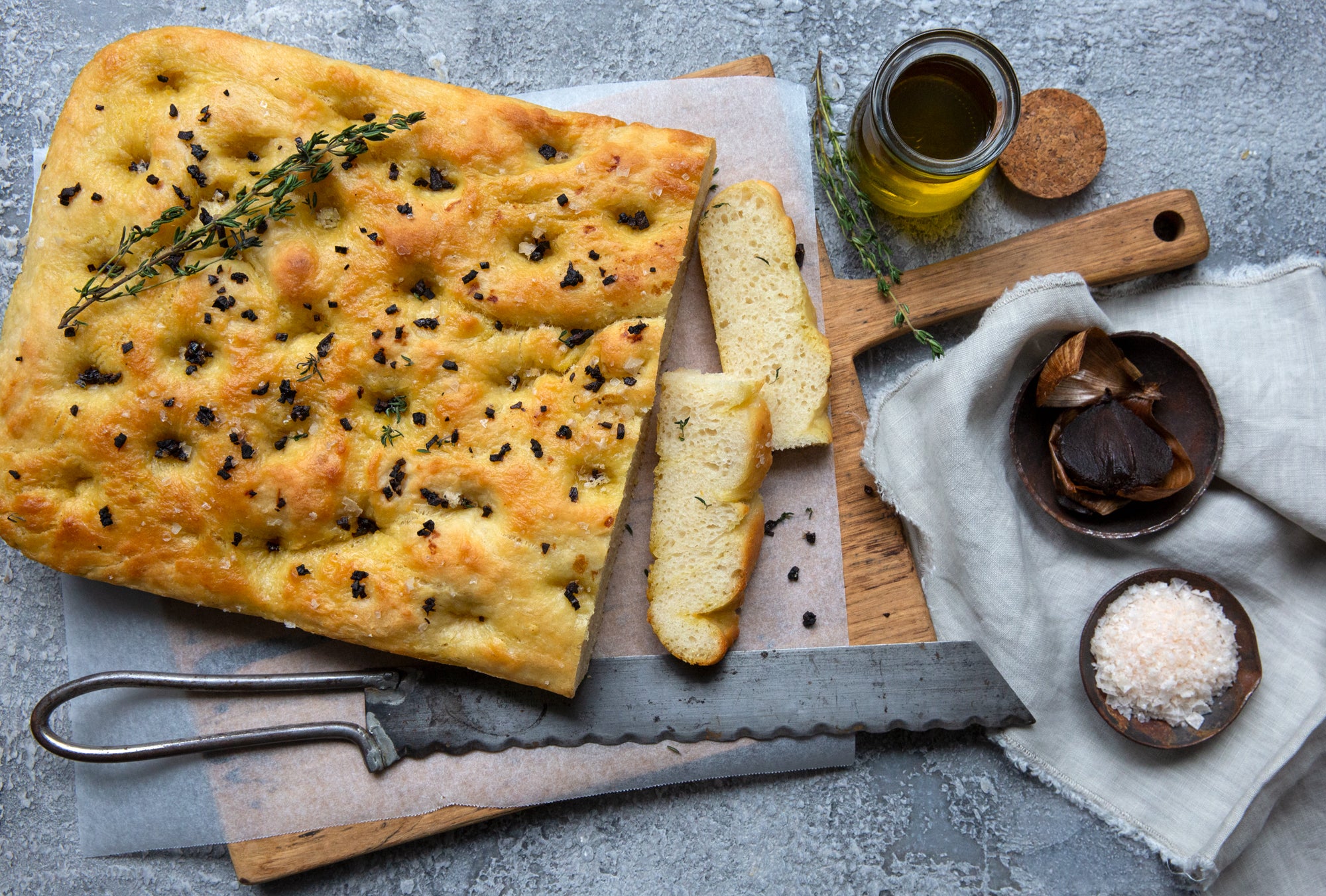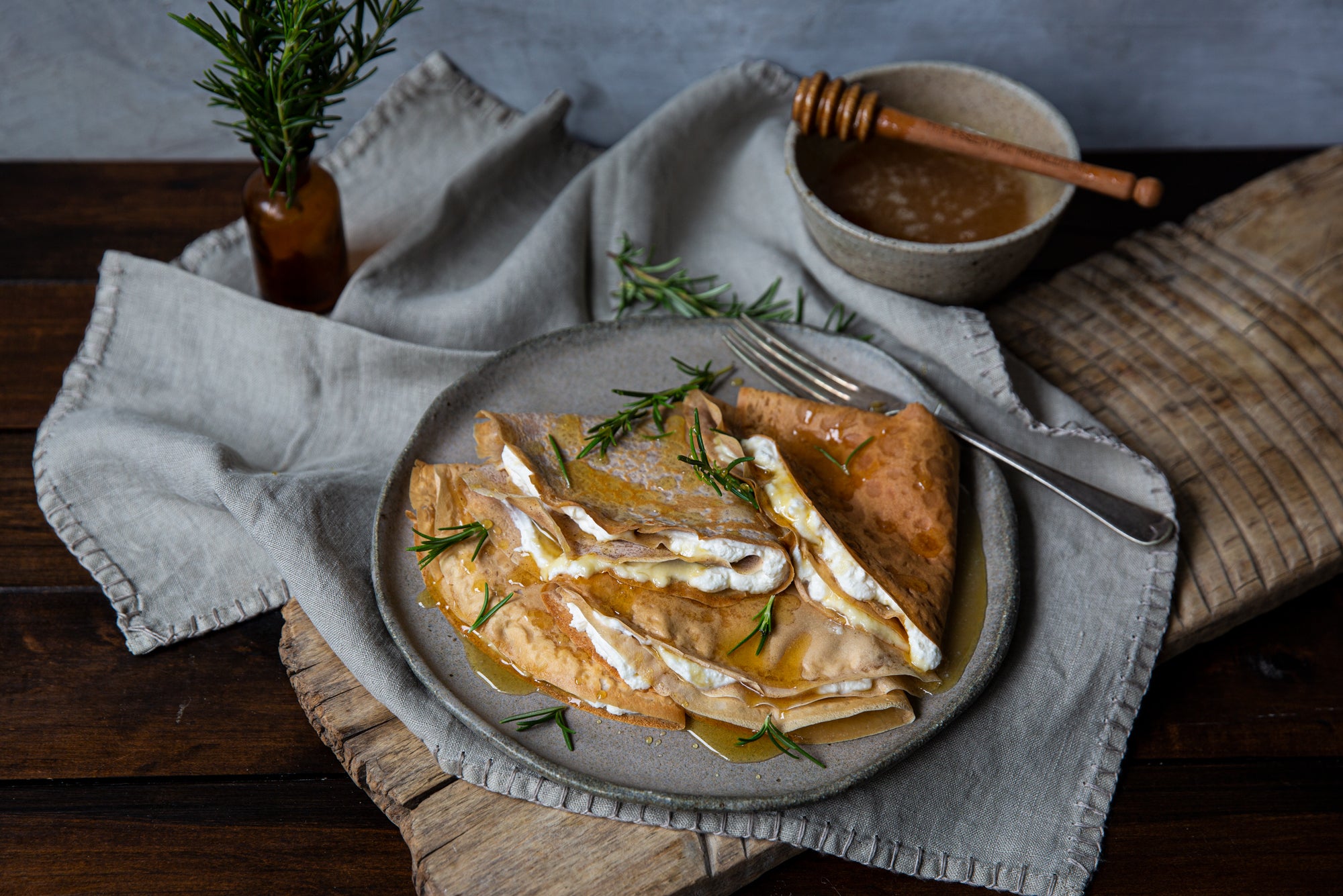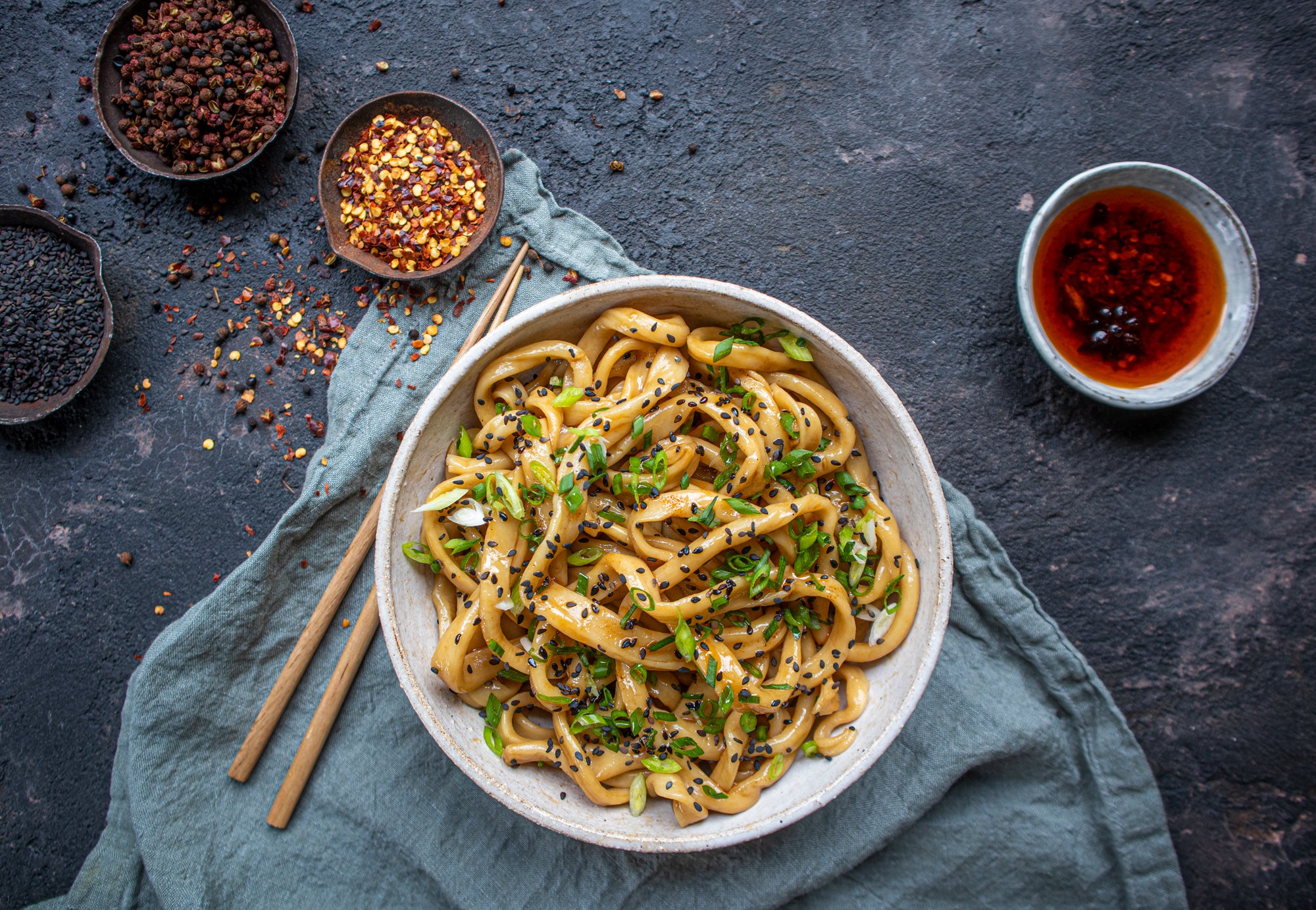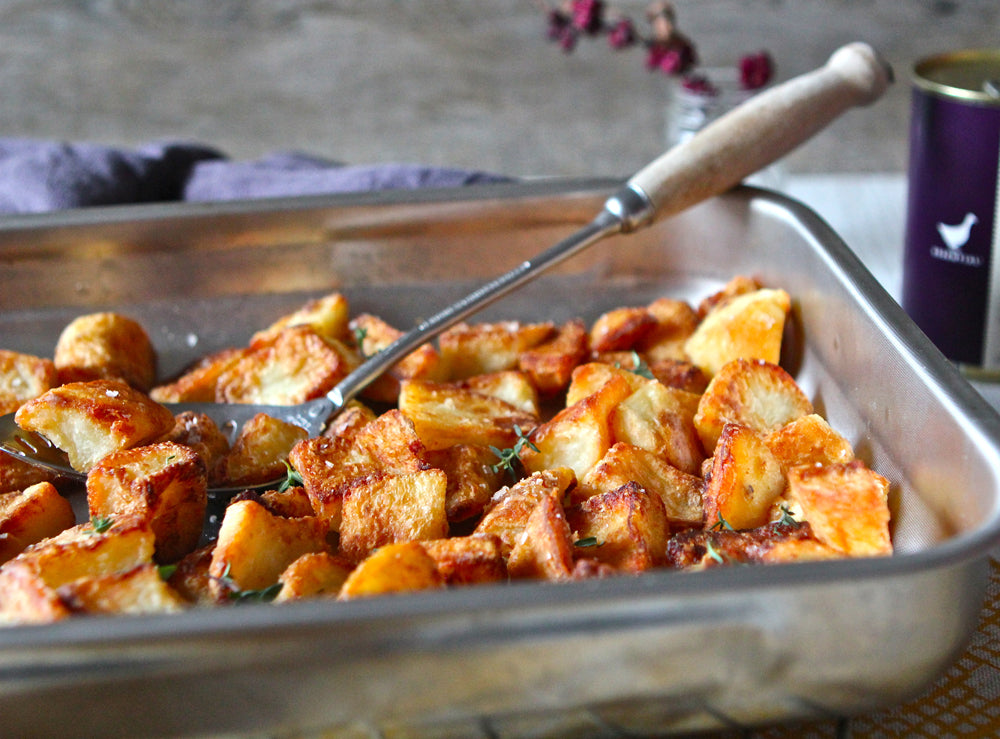
Essential Sourdough Series: Making Bread
Last updatedIf you are interested in making sourdough bread but don’t know where to begin, then look no further! We have enlisted Sourdough Sensei, Chef Kelly Syms, to guide you through your sourdough bread journey. Welcome to our Essential Sourdough Series and let the baking begin!
Making your first loaf of sourdough
Making your first sourdough bread loaf doesn’t have to be daunting, in fact, with minimal hands-on time you can have an artisan-style loaf on the table, ready to be slathered with cultured butter or dipped in good olive oil. There are a few important things to note, mainly, make a schedule and plan your time accordingly. You can have a carefree weekend and a gorgeous sourdough loaf as long as you stick to your schedule. Accurate measurements are also important – scales are one of your most crucial tools. Temperature also matters – ensure that you have a thermometer in good working order and make use of it. Now, gather your equipment, your lovingly cultivated starter and a pair of hands and have a crack at this beginner’s sourdough bread loaf!
First, let’s make a Levain…
Ingredients
- Mature, active Starter 25g
- Strong White Flour 100g
- Whole Wheat Flour 25g
- Water @ 30C 100g
Total: 250g Levain
About 12 hours after your previous starter feeding, take 25g of mature, active starter from your stiff starter and dissolve it in 100g water (30C). Mix in 25g whole wheat flour and 100g strong white flour by hand until a homogenous mass is formed. Cover with plastic wrap and let sit at room temperature (21-24C) for 7 hours. Now to make your final dough…
Ingredients
- Strong White Flour 402g
- Whole Wheat Flour 38g
- Water @ 35C 342g
- Fine Sea Salt 11g
- Levain 108g*
*If your room temperature is below 21C increase the amount of Levain to 125g. Autolyse the flour – 7 hours after making the levain, mix the 402g of strong white flour and 38g of whole wheat flour in a large bowl.
Add in the 342g water (35C) and mix by hand until just incorporated. Cover and let rest for 30 minutes.
Mix the final dough – sprinkle the 11g of salt evenly over the top of the dough. While keeping a container of water to the side for dipping your hand into periodically, mix the dough together by hand, folding it over on itself. This involves gently grabbing the edge of the dough furthest away from you and pulling it towards you. Keep going all the way around the bowl until you cannot see the salt (1 min). Using your thumb and forefinger, pinch the dough to divide it into smaller balls, then keep folding it over on itself to bring it back together to form one homogenous mass (1 min).
Transfer the 108g of levain into the bowl as well, then fold and repeat the pinching method. Fold for another minute to bring the dough back together. You have now done all the manual mixing required. The target temperature of the dough after mixing is 25C to 26C.
Generously oil a new bowl or large plastic container that will allow the dough to triple in size. Place the dough into the container and let rest for 20 minutes. Fold the dough – this dough will need four folds, one every 20 minutes. To fold, simply pretend the dough has 4 sides. Going in a clockwise direction, with both hands, lift and pull the dough towards you, then gently press the edge down so it sticks. Do this with the three remaining sides. This is building the strength of the dough so it can hold its shape when baking. When the dough is 2.5 to 3 times its original size, roughly 12-15 hours at room temperature, you are ready to shape the dough. Turn the dough out onto a lightly floured surface. Shape the dough into a ball using the method detailed in this video – Click Here Dust a proofing basket with a 50/50 mix of rice flour and white flour. Place the dough ball seam-side down into the proofing baskets.
Proof – Place each basket in a non perforated bag and let proof at room temperature for around 4 hours. At least 30 minutes prior to baking, put a rack in the middle of the oven and place your dutch oven, pizza stone, etc. inside.
Preheat the oven to 245C. If you are baking on a pizza stone, also place a small metal loaf pan in the bottom of the oven – we will be placing ice cubes in it once the loaf goes in to create steam. Bake – being very careful to not touch any hot baking tools, invert the first loaf onto a piece of parchment paper, making a sling by which to transport the loaf to the dutch oven or stone.
Score your loaf with a baker's blade or snip with scissors in your desired pattern and place the loaf into or onto your cooking receptacle.
Option 1: Bake, covered in the dutch oven, for 25 minutes. Remove the pot lid, then continue to bake for 25-30 minutes until the loaf is well browned and sounds hollow when tapped. Let the loaf rest for at least 30 minutes before slicing.
Option 2: Bake on your pizza stone, carefully adding a cup of ice cubes to your hot loaf pan to produce steam. Bake for 40 minutes or until the loaf is well browned and sounds hollow when tapped. Let the loaf rest for at least 30 minutes before slicing.







